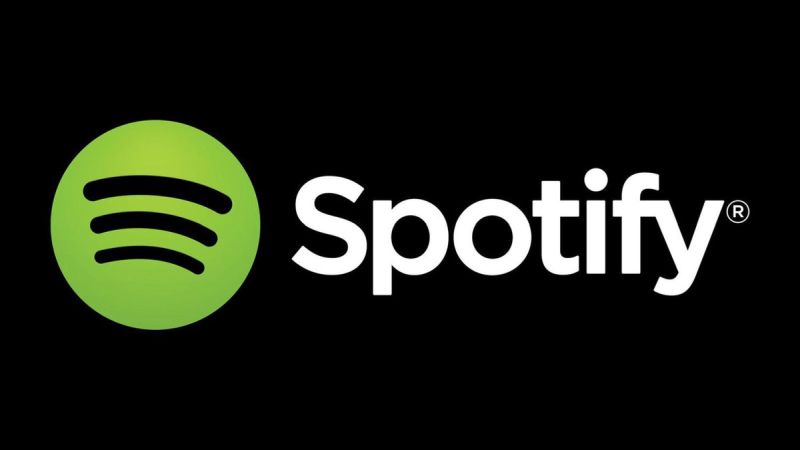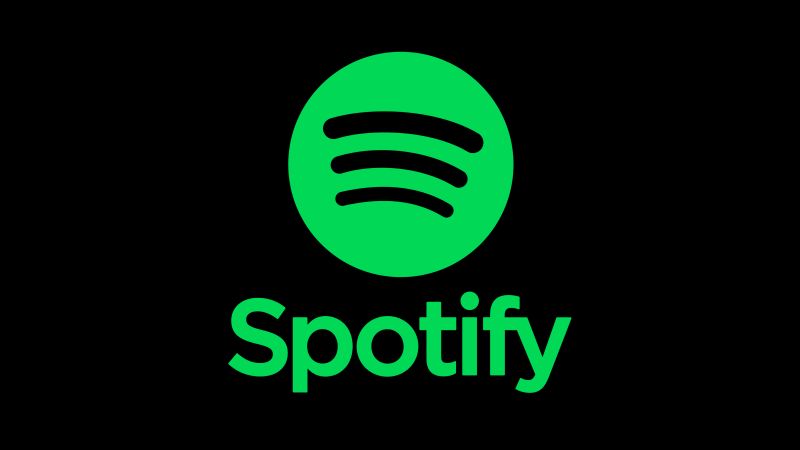SPOTIFY raises prices again

03-04-2025
After keeping SPOTIFY Premium subscription pricing flat since debuting it in 2011, Spotify increased monthly pricing in July 2023 and will do so again in 2025, it announced today.
The music industry is at a pivotal moment, grappling with decelerating revenue growth and the ever-present question: Are music streaming services undervalued? As Netflix continues to demonstrate the power of consistent price adjustments, whispers of a similar strategy for Spotify are growing louder. But would American music fans accept such a shift?
The Price Discrepancy: Music vs.Movies
It’s a question that’s been simmering for years among music industry executives: Why does a standard music streaming subscription cost less than a comparable video streaming service? In the U.S., a standard music subscription averages around $11.99 per month, while Netflix’s equivalent service sits at $17.99. The disparity is a source of constant debate.
Speak to pretty much any senior figure at the world’s largest music rightsholders, and you’ll find it’s a bone of contention for them all.
The primary reason for this difference lies in Netflix’s accomplished history of incremental price increases. As 2016, when both Netflix and Spotify charged around $9.99 per month for their standard individual plans, Netflix has steadily raised its prices five times, most recently at the start of 2025. Spotify, in contrast, has only increased its U.S. premium price twice during the same period,once in 2023 and again in 2024.
Service | 2016 Price | 2025 Price | Number of Price Hikes |
Netflix (Standard) | $9.99 | $17.99 | 5 |
Spotify (Premium) | $9.99 | $11.99 | 2 |
Price Comparison: Netflix vs. Spotify
The Freemium Factor and Shifting Market Dynamics
Many industry experts argue that it’s illogical for Spotify, which offers access to a vast library of music, to be priced lower than Netflix, which offers a more limited selection of TV shows and movies. The historical context of Spotify’s “freemium” model further complicates the issue.
Spotify’s strategy is built on attracting users to its ad-supported free tier and then converting them into paying subscribers. Netflix, conversely, primarily operates as a pay-only service, although they did introduce a lower-priced, ad-supported tier in 2022.
however, the landscape is shifting. After a decade of extraordinary growth,the music streaming industry’s revenue trajectory is showing signs of deceleration,particularly in the United States. According to the IFPI (International Federation of the Phonographic Industry), overall recorded music trade revenues in the U.S. grew by just 2.2% year-over-year in 2024, a rate lower than the market’s inflation during the same period. Even more concerning is the fact that worldwide trade revenues from ad-supported music streaming platforms grew by a mere 1.2% year-over-year.
revenue Source | Year-over-Year Growth (2024) |
Overall U.S.Recorded Music | 2.2% |
Worldwide Ad-Supported Streaming | 1.2% |
Worldwide Subscription Streaming | 9.5% |
Music Industry Revenue Growth in 2024
The Upside: Subscription Revenue and a Potential New Model
Despite the slowdown in overall growth, the IFPI’s report did offer some positive news for music rightsholders. Global trade revenue generated by paid subscription streaming increased by 9.5% year-over-year in 2024, growing by an estimated $1.4 billion to reach $15.2 billion.
The industry is actively exploring new avenues to boost revenue.One intriguing possibility involves applying a cloud storage-style pricing model to music streaming. Imagine a scenario where users are granted a limited number of hours of ad-free listening per month, after which they would be prompted to pay for additional access.
“you’ve used up your allotted 25 hours of unlimited music this month… please pay $X for more”.
This approach, similar to how Google Drive or Dropbox charge for extra storage space, could potentially drive up the Average Revenue Per Customer Hour (ARPCH).
Service | Free Tier Limit | Additional storage Cost |
Google Drive | 15 GB | $1.99/month for 100 GB |
Dropbox | 2 GB | $11.99/month for 2 TB |
Cloud Storage Pricing Models
Potential Backlash and the Road Ahead
Implementing a usage-based pricing model in music streaming could be met with resistance from consumers. Accustomed to unlimited access, many users might balk at the idea of paying extra to continue listening to their favorite tunes. The key will be striking a balance between increasing revenue and maintaining user satisfaction.
Another potential avenue for increased revenue lies in the realm of lossless audio. While some services like Apple Music offer lossless quality at no extra cost, others, like Tidal, charge a premium for the higher fidelity. Spotify has been hinting at a “Supremium” tier for years, which could include lossless audio and other exclusive features, but its launch remains uncertain.
The future of music streaming pricing is far from certain. As the industry navigates the challenges of decelerating growth and evolving consumer expectations, innovative solutions and a willingness to adapt will be crucial for long-term success.
© 2025 Archyde.com. All rights reserved.
How might teh emergence of alternative music consumption methods, such as live performances and social media, impact the sustainability of the unlimited streaming model in the future?
Spotify and the future of Music Streaming: An Interview with Amelia Stone
Archyde News: welcome, Amelia.Thanks for joining us today. For our readers, you’re Senior Analyst at “MusicFuture Insights,” specializing in the music streaming market. Let’s dive right in. The article suggests Spotify might follow Netflix’s path with price increases. Is this a realistic expectation?
Amelia Stone: Thank you for having me. Yes, it’s certainly a topic of intense discussion within the industry. We’ve seen Netflix successfully implement multiple price hikes over the years, while Spotify has been more restrained. However, the recent deceleration in music streaming revenue growth, particularly in the U.S., puts pressure on companies like Spotify to explore all options, including price adjustments.
Pricing Discrepancies and Market dynamics
Archyde news: The article highlights a price gap between music and video streaming. Spotify is at $11.99, and Netflix is at $17.99. Is such a difference lasting in the long run?
Amelia stone: It’s a complex issue. Many industry insiders feel music streaming is currently undervalued. However, spotify’s freemium model, crucial for subscriber acquisition, complicates matters. they have to carefully balance the need for revenue with the risk of alienating users accustomed to the current pricing.
Revenue Streams and New Models
Archyde News: The article mentions a cloud storage-style pricing model, essentially limiting ad-free listening hours, and potentially charging for more.What are your thoughts on this?
Amelia Stone: It’s an interesting proposition and an attempt to increase Average Revenue Per Customer (ARP). The cloud-storage model gives consumers a taste of the premium experience, encouraging them to pay for additional access.It could work, but it’s a delicate balance. Consumers are accustomed to unlimited access, so such a price change would need to be implemented delicately and with clear value proposition for the user.
Lossless Audio and Beyond
Archyde News: Speaking of value, many are anticipating Spotify’s “Supremium” tier with lossless audio. Could this be a significant revenue driver?
Amelia Stone: Potentially, yes. It’s another avenue for generating premium revenue. Offering lossless audio and other exclusive features could attract audiophiles and those seeking a higher-quality listening experience. Though, implementation and pricing will be critical to success.
Archyde News: The article also raises concerns about potential user backlash to price increases. How can streaming services best navigate this challenge?
Amelia Stone: Transparency and offering clear value are key. Any price increase needs to be justified by offering new features, content, or improvements to the user experience. Dialog is also crucial. Explaining the economic realities of the industry and how price adjustments support artists and platform development can help mitigate user resistance.
Archyde News: Thank you, Amelia. This has been incredibly insightful. One final, thought-provoking question for our readers: Considering the diverse ways music is consumed today, from live performances to social media, Do you believe that unlimited streaming is a viable model, or is it time for a shift towards more nuanced pricing models? We’d love to hear your thoughts in the comments.
Amelia Stone: My pleasure.It’s certainly a pivotal time for the industry. Thank you for having me.

Social media



